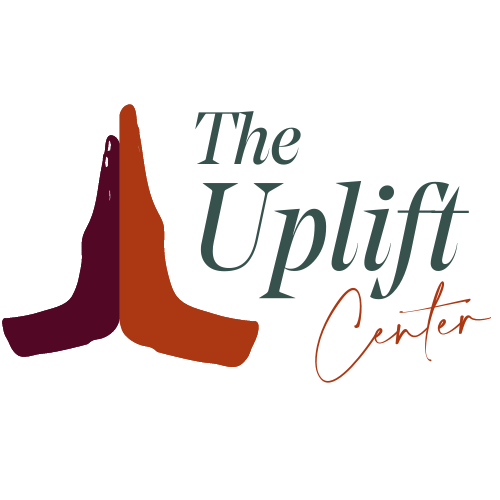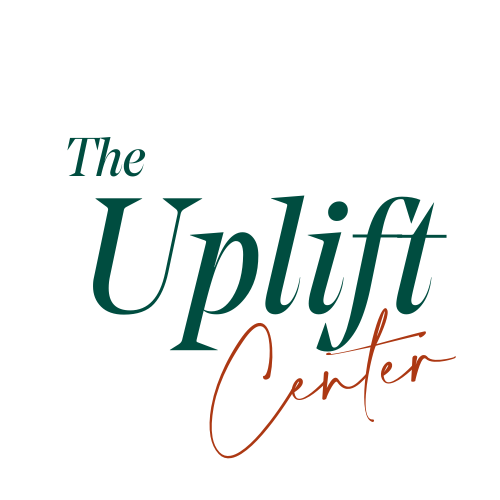Maybe It's Time I Take Up Meditation,
I said to myself as I struggled to get my head around what’s happening in the world right now. I’ve been procrastinating about it for years, after all, promising my daughter (Eli Walker) time and again that it would become part of my healthy living regime soon. Funny how hard times push us past procrastination, toward what has been under our nose all along.
Obviously, I’m not alone in my heightened state of anxiety right now. Almost everyone in my community is struggling through all kinds of anxiety-producing emotions – disbelief, fear, incredible sadness for those of us suffering, more fear over who might be next, depression, even more fear for the future, etc. We’re all in a communal fight or flee mode right now.
Since we find ourselves in this overwhelming situation together, it seems quite ironic that we have to isolate from one another in order to fight this beast called the coronavirus, but here we are, staying home pretty much all the time. I’m one of the lucky ones – I don’t work in healthcare or in a grocery store or for FedEx. I get to stay “Safer at Home,” as we say in Wisconsin.
So, from the safety of my home, just me and my anxiety, I pulled out an unread book on meditation by Pema Chodron, The Wisdom of No Escape. As unnerving as the title sounds in the context of these times, I am finding it a great source of comfort.
In Eli’s last blog on co-mingling with chaos, she talks about addressing the chaos in our lives by having a conversation with it, even indulging it in order to understand it. Pema Chodron calls this “making friends” with the feelings we’re uncomfortable with. She explains, “That means getting to know it completely, with some kind of softness, and learning how, once you’ve experienced it fully, to let go.”
In this book, Chodron walks her readers through a simple meditation method of focusing on the out-breath. That’s it, she instructs. Just sit with good posture and become mindful of your breath, focusing on the out-breath. When your mind begins to wander, just say to yourself, “thinking” and go back to focusing on breathing. A great way to be aware of the present moment. Not this COVID-19 moment, mind you, but the sitting in your favorite chair, just breathing moment…because, in this moment, we’re okay.
So that’s the method part, and I have to say, it is helping me cope. I feel calmer as I’m able to remove my ‘self’ from my ‘anxiety’ – to recognize when I’m letting fear overtake me and breathe my way through and away from it. It’s taking some effort, but this meditation helps me exist somewhat peacefully with the uncertainty of what’s happening in the world that’s beyond my control.
Chodron shares a lot more insight into the benefits of meditation, and she’s very convincing. It seems as we become precise in our meditation practice, and gentle and forgiving of our minds’ natural tendency to distract, we eventually learn to forgive and accept ourselves, even our anger and anxiety, which makes it easier to let it go.
Chodron’s focus on breathing helps us to be more open – to ourselves, each other, the Universe. The point being we have to love ourselves before we can love others and be more fearless in our approach to life.
But, if you’re finding yourself feeling sad for what others are going through and guilty (as I do sometimes) for being relatively safe at home, I found another meditation method called “The Loving-Kindness Mindfulness Meditation.” It’s described in The Compassionate Connection, by Dr. David Rakel. This book presents the results of studies that show compassionate healthcare shortens illnesses. It also discusses how practicing compassion actually physically changes our brains and explains that meditation is an effective way of nurturing compassion in ourselves. This meditation technique “reinforces the consciousness that a web of interconnectedness exists among all people.”
Here’s how it goes: After releasing any tightness in your body, sense the part of your body that feels compassion, kindness and caring. This is usually around the heart. Then ask yourself, “What do I wish for most in my life?” Then state it, as in “May I be safe and protected” or “May I be peaceful and at ease.” Whatever it is you’re yearning for. Then imagine someone you know who evokes feelings of warmth and friendliness and direct your loving-kindness thoughts there, stating as “May you be safe and protected” or “May you feel joy.” Then do the same with someone you feel neutral about, and finally someone who causes you discomfort. End with sending your loving-kindness thoughts to all humanity. Finish this exercise with a few abdominal deep breaths.
This meditation has been especially helpful to me when I feel overcome not so much with anxiety, as heartache and guilt about being safe at home when others have to battle COVID-19 in person. It has the healing effect of evoking a feeling of the ‘oneness of humanity’ and also giving me a constructive avenue for my empathy and caring.
So here you have it, my fledgling study and practice of meditation. Thanks, Eli, for letting me share – hope it sparks some interest and/or comfort. Again, in spite of social distancing, we are in this together, let’s help each other out as much we can. Maybe we can change some of our fight or flee energy to loving, healing our immune systems energy.
Life’s work is to wake up, to let the things that enter into the circle wake you up rather than put you to sleep…Pema Chodron.
May you be safe and protected.
-Cindy Palzkill


